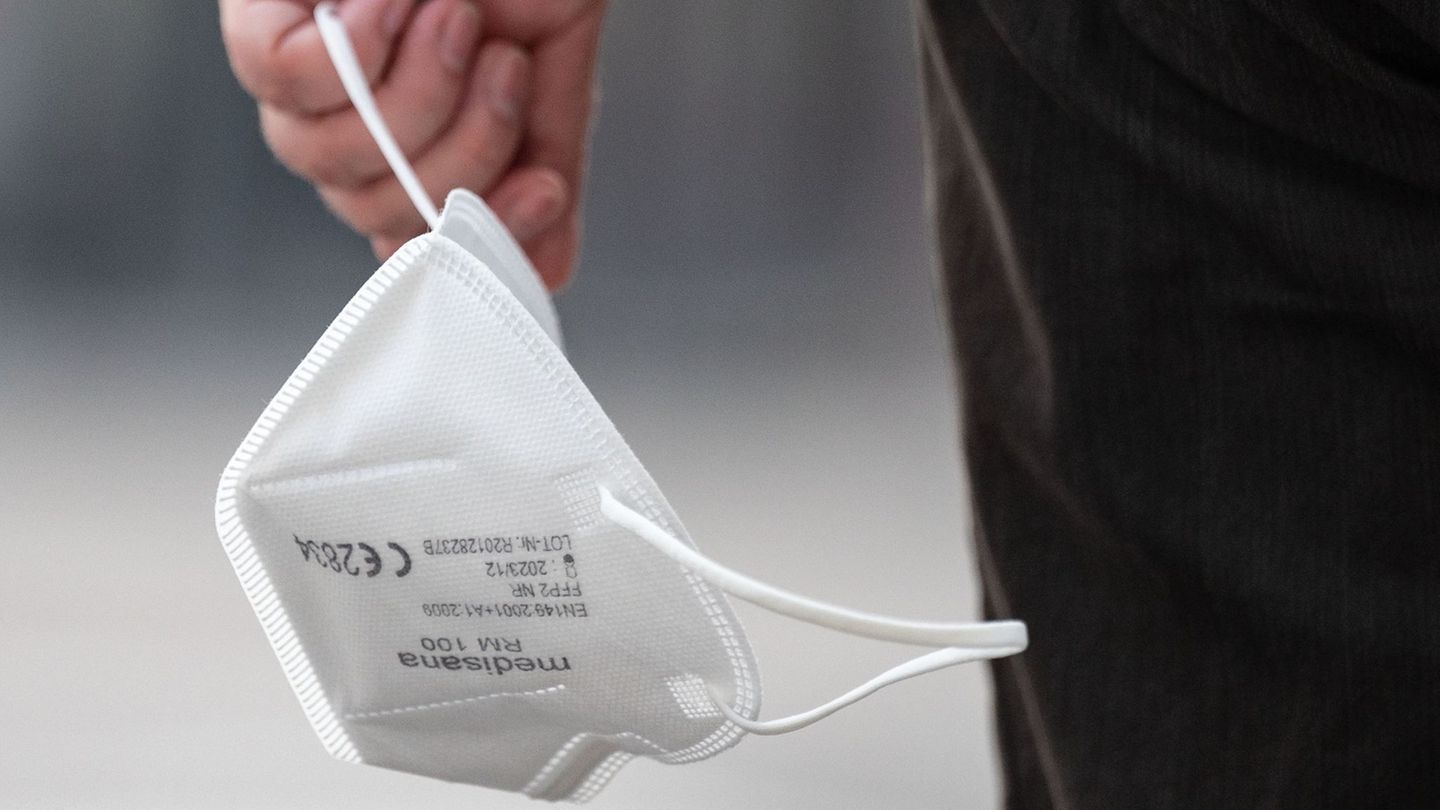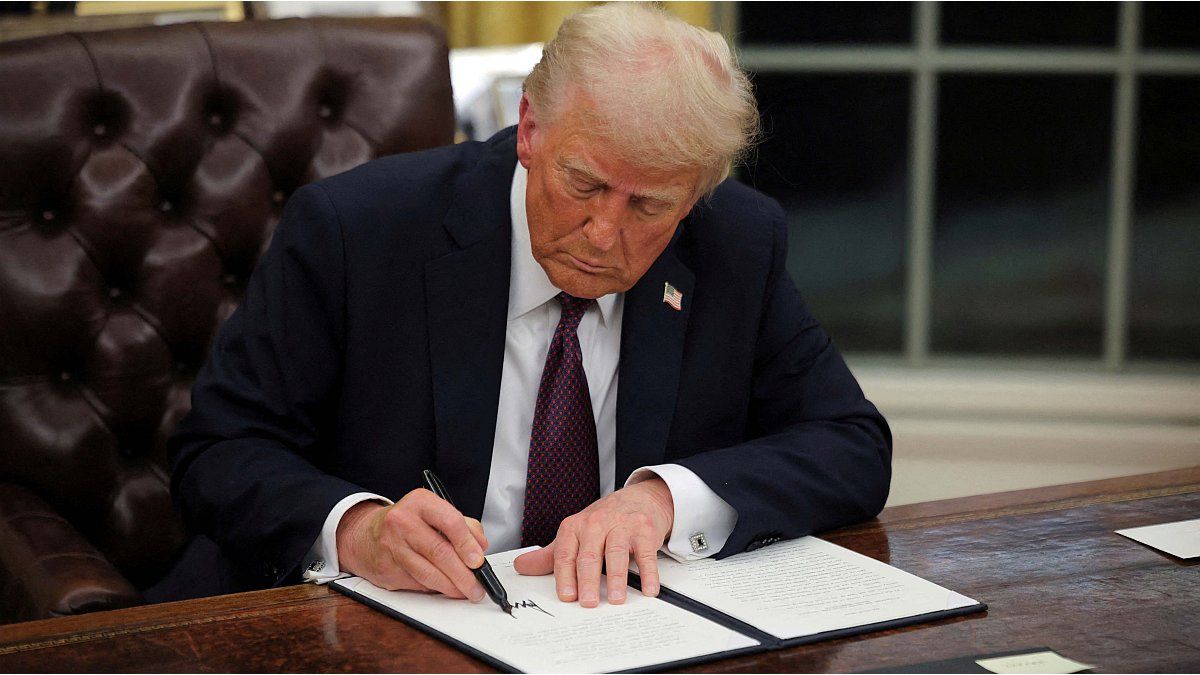Data on the current account balance of the Japanese central bank showed that There will be a liquidity drain of more than 3.2 trillion yen ($20 billion) from the financial system, due to transactions with the public sector, when a surplus of around 400 billion yen was expected, which leaves such a deficit. Suspicions that are also reported by the Bloomberg agency.
According to observers of the international currency market, The recent appreciation of the yen against the dollar in recent days suggests one or two interventions by the Japanese authorities. The Japanese currency remains under pressure, however, after two rounds of strong gains that triggered such speculation.
Academics such as Masaaki Shirakawa, a professor at Tokyo’s Aoyama Gakuin University and former BoJ governor, said the Japanese central bank needs to throw off the straitjacket of its tough 2% inflation target and adopt a more balanced approach to its monetary policy.
Shirakawa points out that The depreciation of the yen in the last two years has been rapid and surprising, since just 13 years ago the currency reached an all-time high of 75.32 yen per dollar, while the current exchange rate of around 161 yen per dollar is the same as the registered in December 1986.
Yen crisis: the surprise of the “Mrs. Watanabe”
The “Watanabe ladies,” as the Japanese retail currency traders who love ““carry trade”have been caught off guard by the BoJ’s actions. Moreover, comments by the top official in charge of defending the yen, Masato Kanda, who stuck to a strategy of trying to keep market participants guessing, also triggered further appreciation that quickly faded. He told reporters that the BoJ’s practice was basically to not say whether it had intervened or not.
Meanwhile, Japanese broadcaster TV Asahi and the Mainichi Shimbun newspaper, among others, have reported the intervention, citing an unnamed Japanese government official.
“We are currently seeing bi-directional activity in the market, but no clear directional bias,” said Ruchir Sharma, global head of FX options trading at London-based Nomura International, adding that there had been “palpable nervousness in the market” in recent sessions from hedge funds seeking to protect carry trades against scenarios like the one that just unfolded.
The recent appreciation of the yen against the dollar has similarities with other interventions this yearin which the Finance Ministry bought 9.8 trillion yen to stem losses between late April and early May. The yen’s rise was the biggest in a single day since May 1, according to Reuters.
“Certainly the magnitude of the movement suggests that it could well have been an intervention”said Jane Foley, head of FX strategy at Rabobank. “It’s very exciting and it has reverberations across our trading desk.” However, the lack of follow-through has the market wondering whether the BoJ is running out of ammunition (or fortitude) to maintain control of its currency.
It is worth remembering that The yen rose 3% against the dollar at the close of last week after surprisingly weak US inflation data. Analysts speculated that policymakers had taken advantage of the opportunity provided by the inflation figures to enter the market.
At the end of May, Japan confirmed its first foreign exchange intervention since 2022 with a spending of 62 billion dollars. The ministry then said Japan had spent 9.7885 trillion yen on currency interventions between April 26 and May 29.
This timing coincided with a strong rally in the Japanese currency against the dollar in the preceding weeks. The yen had plunged to a 34-year low of 162 against the dollar in late April. It later bounced back to levels of 156, sparking speculation about a possible intervention by Japanese authorities before it was confirmed.
Japanese Finance Minister, Shunichi Suzuki, The US dollar has previously backed the need for intervention if sharp moves in the currency start to affect households and businesses. The yen steadied last Friday, trading around 158.5 against the dollar, after hitting 157 on Thursday, but rose again late in the afternoon as talk of another intervention came in. It fell to 157.71 shortly after new US data was released.
Further evidence of the intervention was that Thursday was one of the busiest days for spot yen trading since November 2016, according to CME Group, the world’s largest regulated foreign exchange market. Some $53 billion worth of dollar-yen was traded on CME’s EBS spot platform, the fourth-highest level since Jan. 1, 2022, according to exchange data.
It should be noted that Official monthly intervention data will be published only at the end of the monthwhen Kanda will be replaced by Atsushi Mimura, who is currently director general of the Finance Ministry’s international office.
The Government of Japan has had difficulties in changing the course of the foreign exchange market. Inflation has remained elevated, at or above the BoJ’s 2% target, for more than two years, with the yen a key driver. As real wages fall, consumer spending has fallen every quarter for a year through March.
One of the main factors driving the yen’s weakness is the difference in interest rates between the US and Japan, especially the spread between long-term debt yields after adjusting for inflation. This suggests that a rate hike by the BoJ or a rate cut by the Fed would help boost the yen. We’ll see.
Source: Ambito
I am a 24-year-old writer and journalist who has been working in the news industry for the past two years. I write primarily about market news, so if you’re looking for insights into what’s going on in the stock market or economic indicators, you’ve come to the right place. I also dabble in writing articles on lifestyle trends and pop culture news.




